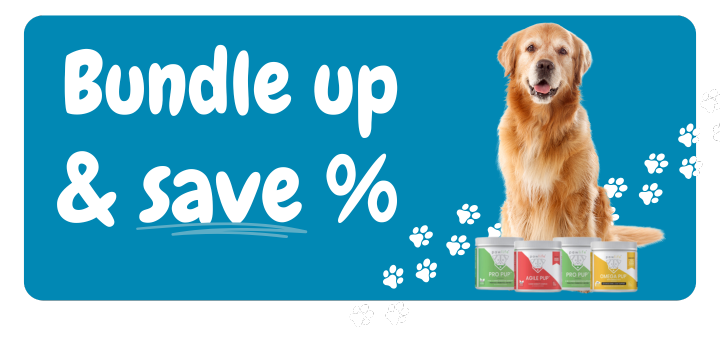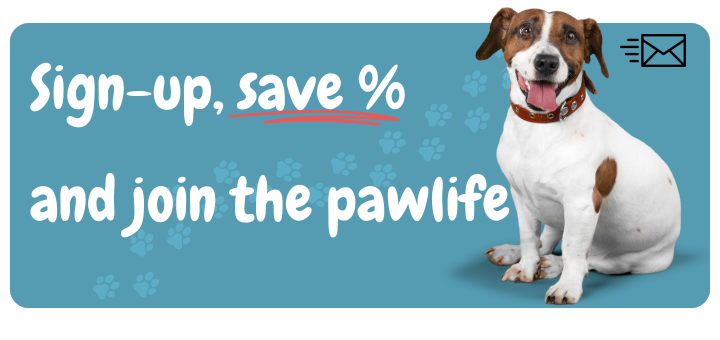The Importance of Canine Oral Health
You may have heard that a dog’s mouth is cleaner than a human’s, yet dogs can still develop cavities, plaque buildup, tartar, and gingivitis. They may be less prone to these issues than humans, but a small concern like bad breath or yellowing teeth can escalate into serious infections when neglected. Oral bacteria do not stay confined to the mouth and can migrate through the bloodstream, placing strain on the heart, liver, and kidneys over time. A thoughtful, consistent dental routine protects comfort today and guards long-term health tomorrow.
Brushing up on canine dental basics equips you to prevent problems before they appear and to spot early warning signs when they do. A smart plan blends daily home care, the right tools, diet choices that discourage plaque, and periodic veterinary evaluations. Each piece matters because no single tactic does all the work on its own, and gaps in care invite tartar to harden where a brush cannot reach. Use the guidance below to build a practical routine you can keep, and your pup will thank you with fresher breath, brighter teeth, and a happier demeanor.
Why Canine Dental Health Matters
The mouth is a gateway to overall wellness, and neglect quickly shows. Plaque forms within hours after eating, and if it is not disrupted routinely, it mineralizes into tartar that wedges under the gumline. Inflamed gums allow bacteria to enter the bloodstream, which can contribute to organ strain and shorten quality years. You may first notice subtle signs like reluctance to chew toys, mild odor, or a shift in temperament, and these hints often surface long before obvious tooth damage. Staying proactive reduces discomfort, lowers treatment costs, and preserves more of the natural tooth structure.
Daily Brushing: Make It Calm, Gentle, and Consistent
Brushing is the single most effective at-home habit for controlling plaque when done correctly and consistently. Choose a canine toothbrush designed to reach at a 45-degree angle, and pair it with a calm environment where your dog feels secure. Short sessions work best in the beginning, especially after exercise when energy is spent and patience is highest. Aim for small wins on day one, praise often, and gradually increase coverage until the entire mouth is included without stress.
- Let your dog taste a dab of canine toothpaste so the experience starts positive and familiar.
- Lift the lip gently and brush the outer surfaces with small circles, focusing on the gumline where plaque accumulates first.
- Expand to premolars and molars over several days, keeping strokes light and steady rather than forceful.
- Finish with calm praise and a low-crumb dental treat or a brief play reward to reinforce cooperation.
Perfect technique is less important than regularity and a calm routine you both can maintain. Even a minute of focused brushing each day outperforms longer, sporadic efforts because plaque returns quickly and depends on frequency more than intensity. If your schedule slips, pick up the habit without guilt and reset the routine with very short sessions. Consistency over time builds trust, keeps inflammation down, and reduces the need for more intensive cleanings.
Choose the Right Toothpaste and Tools
Never use human toothpaste on dogs because common ingredients like fluoride and xylitol can be harmful when swallowed. Select a canine-specific paste with an appealing flavor to encourage cooperation and make daily care easier. Finger brushes can help with small mouths or anxious beginners, while double-headed brushes reach efficiently around curves and back teeth. Replace brushes regularly because worn bristles lose effectiveness and can irritate tender gums if they fray or bend unevenly.
Food and Chews Play a Real Role
Diet influences plaque, and texture matters. Dry kibble provides light mechanical action that can help disrupt soft plaque on the chewing surfaces, while sticky wet foods tend to cling and create a film that bacteria exploit. Not every dry formula performs the same, so watch your dog’s mouth over several weeks to see how a given diet affects buildup. Purpose-made dental chews with tested designs can supplement brushing, though they should not replace it because they rarely address the gumline fully. Pair smart food choices with daily brushing to manage both surface debris and the areas a chew cannot reach.
Toys and Items to Avoid
Extremely hard objects are a common source of cracked teeth, oral cuts, and gastrointestinal injury from splinters. Skip bones, hard cheese rinds, hooves, antlers, very rigid nylon toys, pig’s ears, ice cubes, sticks, and rocks. As a simple rule of thumb, if tapping the item against your knee hurts, it is too hard for safe chewing. Choose softer, dog-appropriate toys sized for your pet’s bite, and supervise sessions so you can remove worn pieces before they break off. Regular rotation keeps interest high and lets you inspect toys for hidden damage that could cut gums or lodge between molars.
When to See the Veterinarian
Home care and observation work hand in hand with professional evaluations. Schedule a veterinary visit promptly if you notice any of the signs below, since early intervention prevents deeper problems and shortens recovery time. Delays make treatment more complex because tartar burrows under the gumline where brushing cannot remove it, and inflamed tissue becomes more sensitive to daily care. A quick check can rule out fractured teeth, retained roots, or oral masses that require targeted treatment. Timely action keeps discomfort low and preserves healthy structure around vulnerable areas.
- Persistent bad breath or a sudden change in odor
- Reluctance to chew, dropping food, or favoring one side
- Excessive drooling or pawing at the face
- Discolored, broken, loose, or missing teeth
- Red, swollen, painful, or bleeding gums
- Visible tartar along the gumline or between teeth
- Bumps, growths, or sores anywhere in the mouth
- Behavior changes such as irritability, lethargy, or depression
Professional Cleanings and Exam Frequency
Even with excellent brushing, most dogs benefit from periodic professional cleanings guided by a veterinarian. These visits allow thorough assessment above and below the gumline, including areas unreachable at home. Your vet may recommend dental radiographs to check roots and bone support if signs of periodontal disease appear. Frequency depends on breed, age, and individual risk, with small breeds and dogs with crowded teeth typically needing closer follow-up. Partnering with your clinic to set the right interval keeps disease in check and protects the tissues that anchor each tooth.
Puppies, Adults, and Seniors: Tailor the Routine
Puppies learn fastest when brushing feels like a game, so short, playful sessions build lifetime habits without stress. Adults often need a brief reintroduction with flavored paste and soft praise to embrace a new routine. Seniors deserve gentle handling around sensitive spots and may need more frequent checks for loose teeth or gum recession. Each life stage presents different challenges, yet the fundamentals remain the same: calm sessions, appropriate tools, and steady repetition that respects comfort. Adjust pressure, duration, and timing as needs evolve so cooperation stays high throughout the years.
Build a Routine You Can Keep
Success comes from planning simple steps that fit your day rather than chasing a perfect schedule you cannot maintain. Pair brushing with an existing habit such as the evening walk or bedtime wind-down so it is never forgotten. Keep supplies in a visible, convenient spot to remove extra friction and shorten setup time. Track progress for the first month to confirm consistency and note any areas that need a lighter touch. Small improvements compound quickly when practiced daily, and the payoff shows every time your dog greets you with a healthy, comfortable smile.
Go Dental Care Takeaways
- Daily brushing at the gumline is the most reliable way to control plaque.
- Use canine toothpaste only and replace worn brushes routinely.
- Choose diets and chews that discourage sticky residue and watch for buildup.
- Skip very hard objects and supervise play to prevent fractures and cuts.
- Schedule veterinary evaluations at the first sign of discomfort or odor changes.
Follow these tips to maintain a clean, comfortable mouth and reduce the need for costly procedures down the road. A healthy mouth supports better breath, steadier energy, and a brighter outlook during meals, play, and rest. Consistent home care paired with timely veterinary guidance keeps small issues from turning into painful problems. Your commitment today builds healthier days ahead for both you and your loyal companion.













